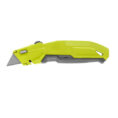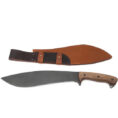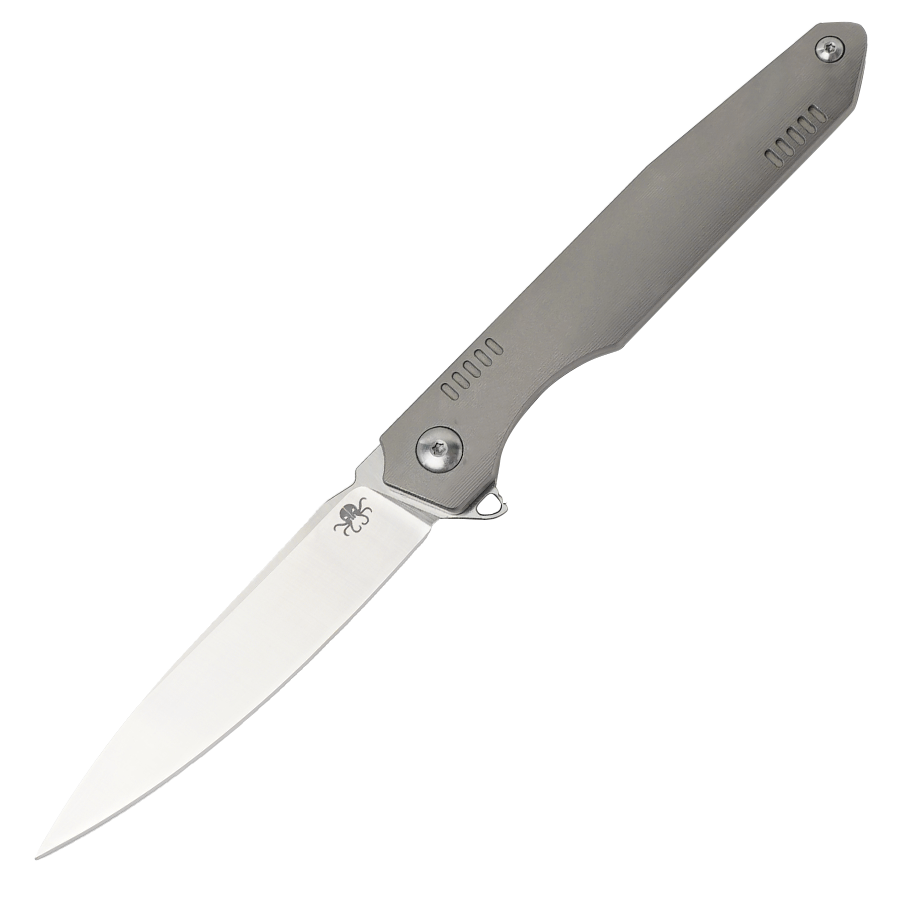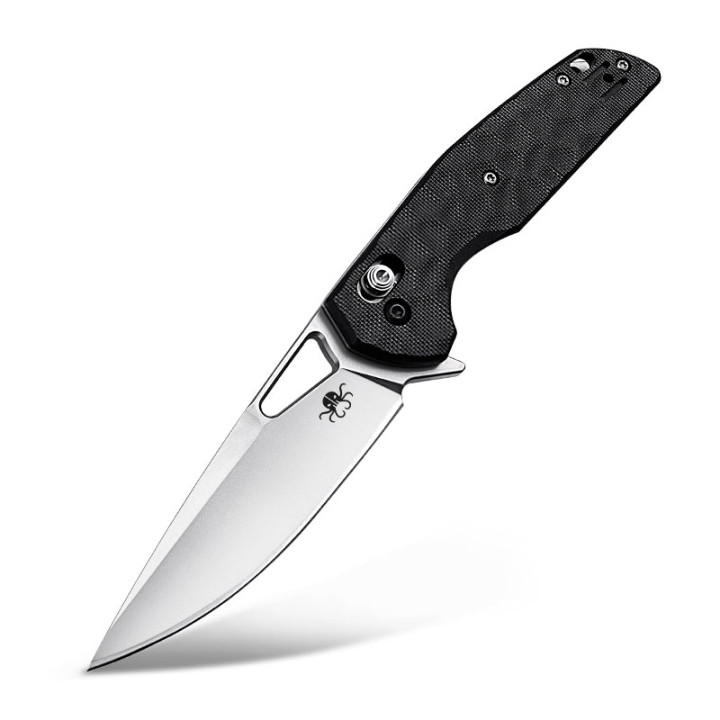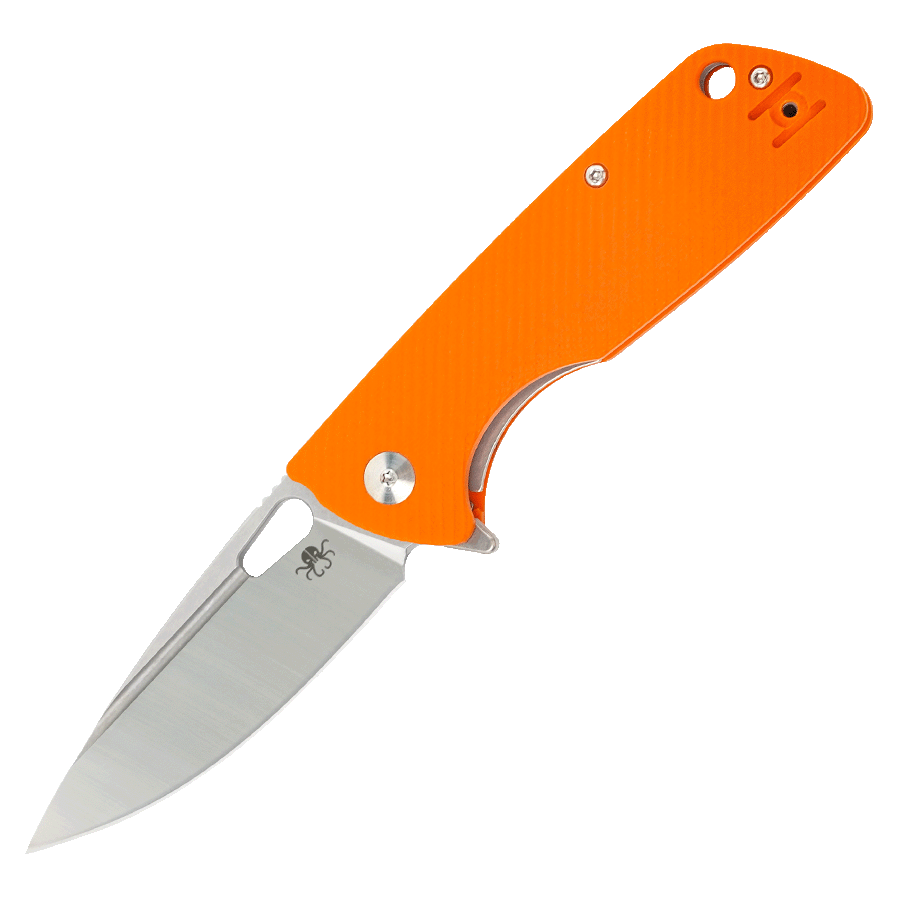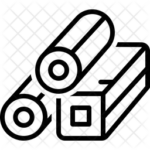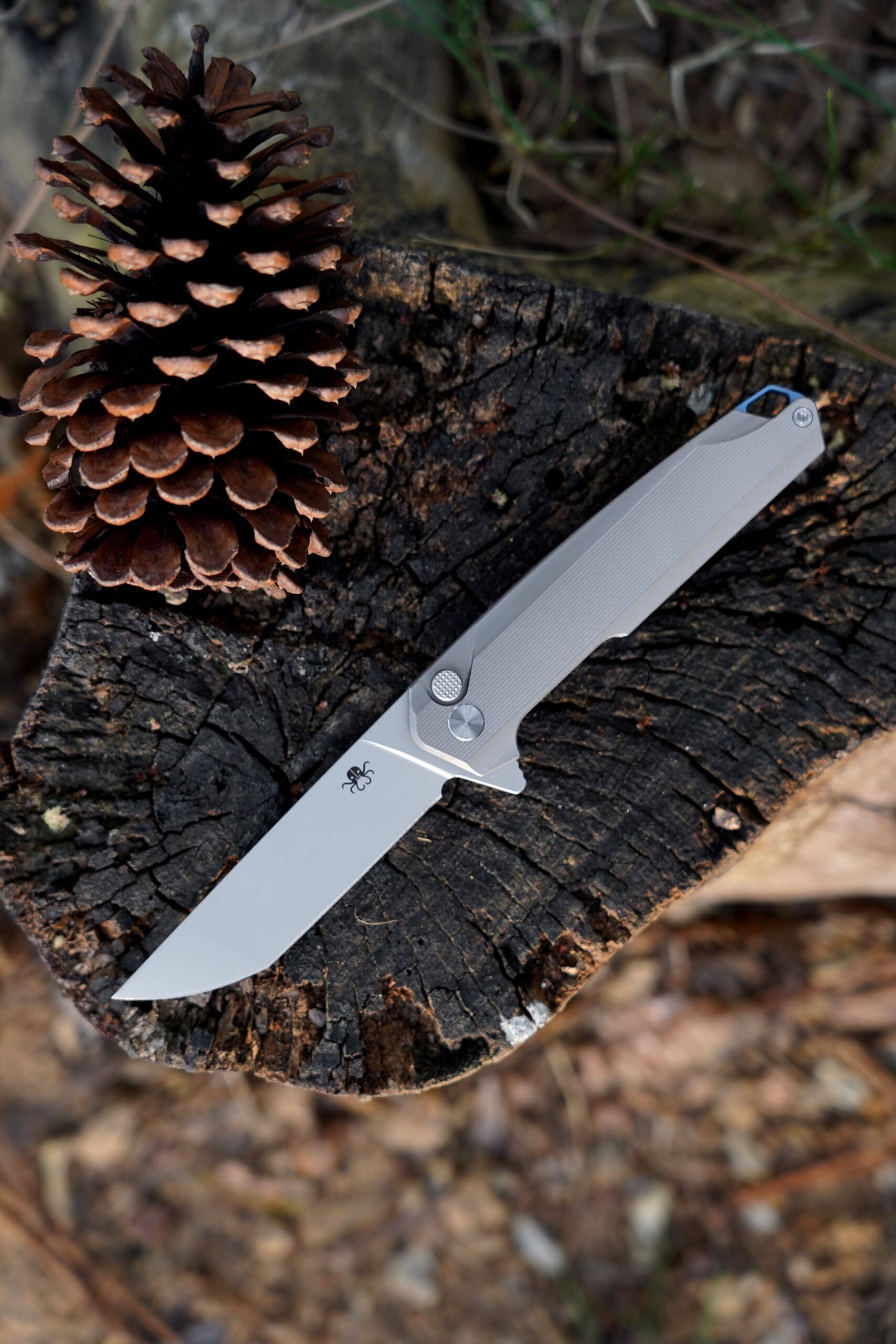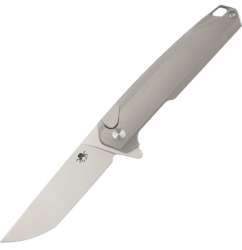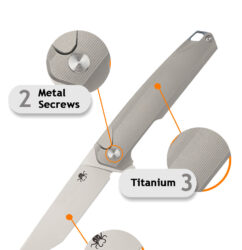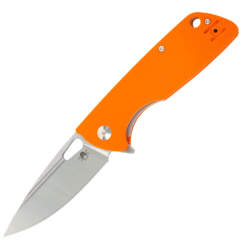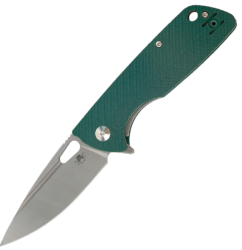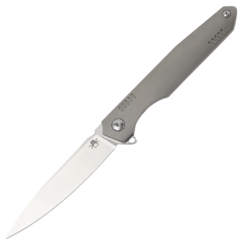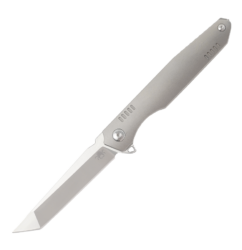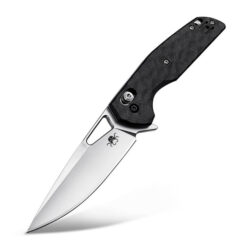How to Quickly Draw a Folding Knife: Techniques and Tips
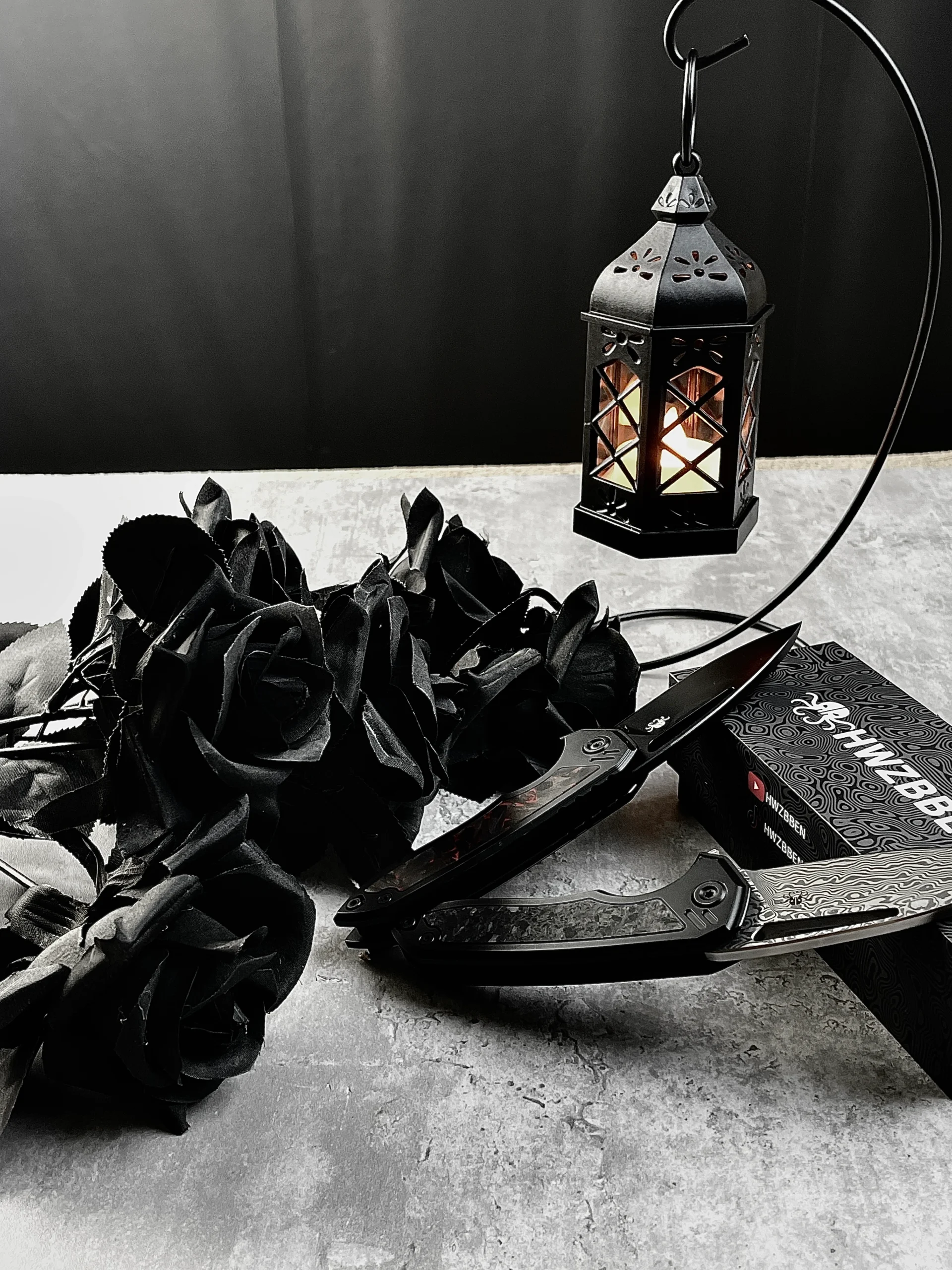
Drawing a folding knife quickly and efficiently is an essential skill for everyday carry (EDC) users, outdoor enthusiasts, and professionals who rely on their knives for work or self-defense. A smooth, fast deployment can make a difference in emergencies or time-sensitive situations. This guide covers the best techniques, grip styles, and training methods to help you master the quick draw of a folding knife.
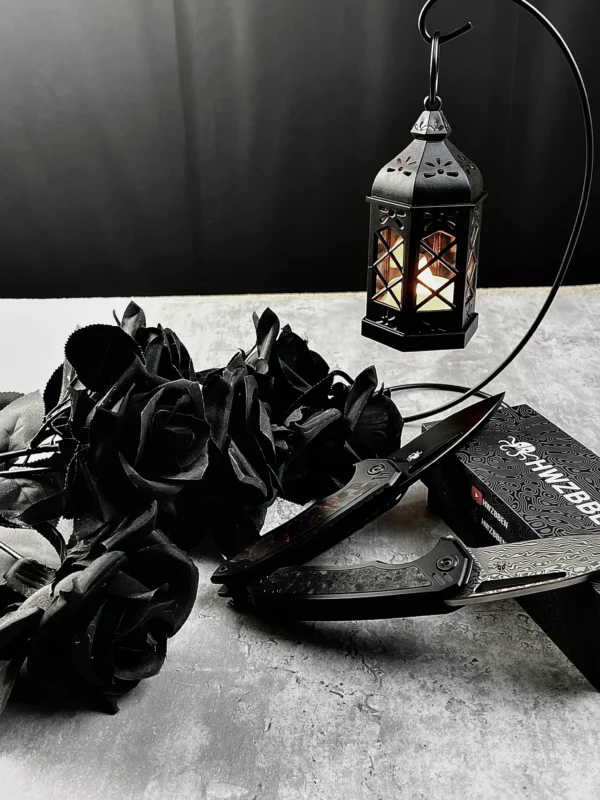
1. Understanding Knife Deployment Mechanisms
Before learning how to draw quickly, you must understand how your folding knife opens. Different mechanisms affect speed and ease of deployment:
A. Thumb Stud & Thumb Hole Knives
- Example Models: Spyderco (thumb hole), Benchmade (thumb stud)
- Deployment: Use your thumb to push the stud or hole, swinging the blade open.
B. Flipper Tab Knives
- Example Models: Kershaw, Zero Tolerance
- Deployment: Press the flipper tab with your index finger to rapidly swing the blade open.
C. Assisted-Opening & Automatic Knives
- Example Models: Benchmade Auto, Pro-Tech
- Deployment: A spring mechanism helps open the blade instantly with a button press or thumb movement.
D. Gravity & Balisong (Butterfly) Knives
- Example Models: Microtech, Benchmade Bali-Song
- Deployment: Requires wrist flicking or centrifugal force to open.
2. Proper Grip for Fast Drawing
Your grip determines how quickly and securely you can deploy the knife.
A. Standard Grip (For Thumb-Open Knives)
- Retrieve the Knife: Pull it from your pocket with the spine against your palm.
- Thumb Placement: Rest your thumb on the thumb stud/hole.
- Flick Motion: Push the thumb forward while slightly tilting the wrist to open the blade.
B. Reverse Grip (For Flipper Knives)
- Index Finger on Flipper: As you pull the knife out, position your index finger on the flipper tab.
- Quick Pull: Use your finger to pull the flipper downward, deploying the blade in one motion.
C. Wrist-Flick Method (For Loose Pivot Knives)
- Hold the knife firmly and flick your wrist to let centrifugal force open the blade.
3. Drawing from Different Carry Positions
Where you carry your knife affects how quickly you can access it.
A. Pocket Carry (Tip-Up vs. Tip-Down)
- Tip-Up: Faster deployment since your thumb naturally lands on the opening mechanism.
- Tip-Down: Requires adjusting grip but may be safer for some users.
B. Belt Clip Carry
- Allows for a quick grab-and-draw motion, especially with flipper knives.
C. Neck Knife Carry
- Useful for backup knives; requires pulling over the head.
4. Training for Speed and Safety
A. Dry Practice (Without Blade Deployment)
- Practice drawing and gripping the knife without opening it to build muscle memory.
B. Slow-Motion Repetition
- Start slowly to perfect the motion, then gradually increase speed.
C. Use a Training Knife
- A dull or trainer knife helps avoid accidents while practicing.
D. Timed Drills
- Set a timer and practice drawing, opening, and closing the knife efficiently.
5. Legal and Safety Considerations
- Know Local Laws: Some areas restrict fast-opening or automatic knives.
- Avoid Accidental Deployment: Ensure your knife has a secure lock when carried.
- Train Responsibly: Always practice in a safe environment.
Conclusion
Drawing a folding knife quickly requires the right technique, grip, and practice. Whether you use a thumb stud, flipper, or automatic knife, consistent training will improve your speed and reliability. Always prioritize safety and legality when carrying and deploying your knife.
Would you like recommendations for the best knives for quick deployment? Let me know your preferred carry style!



